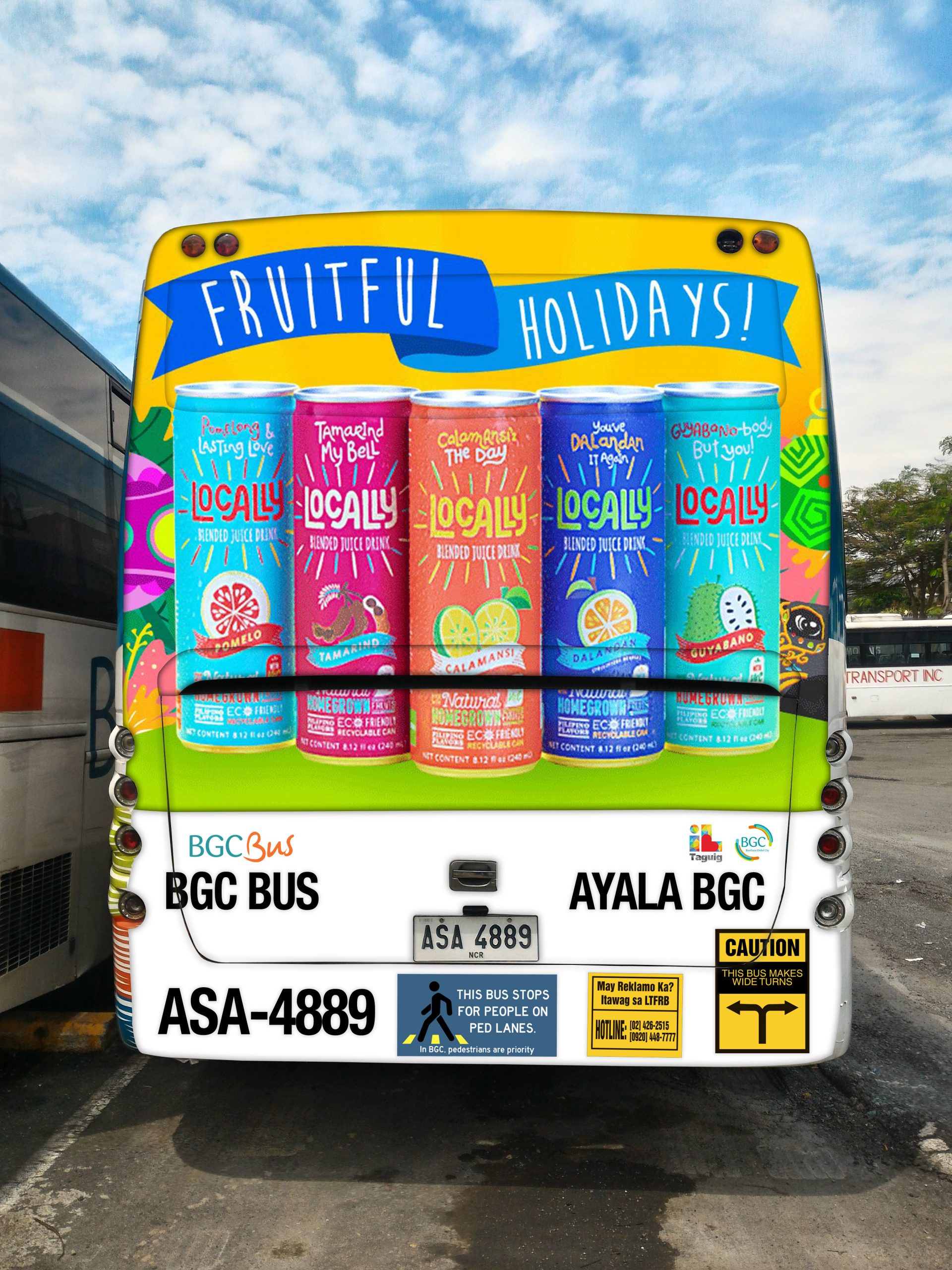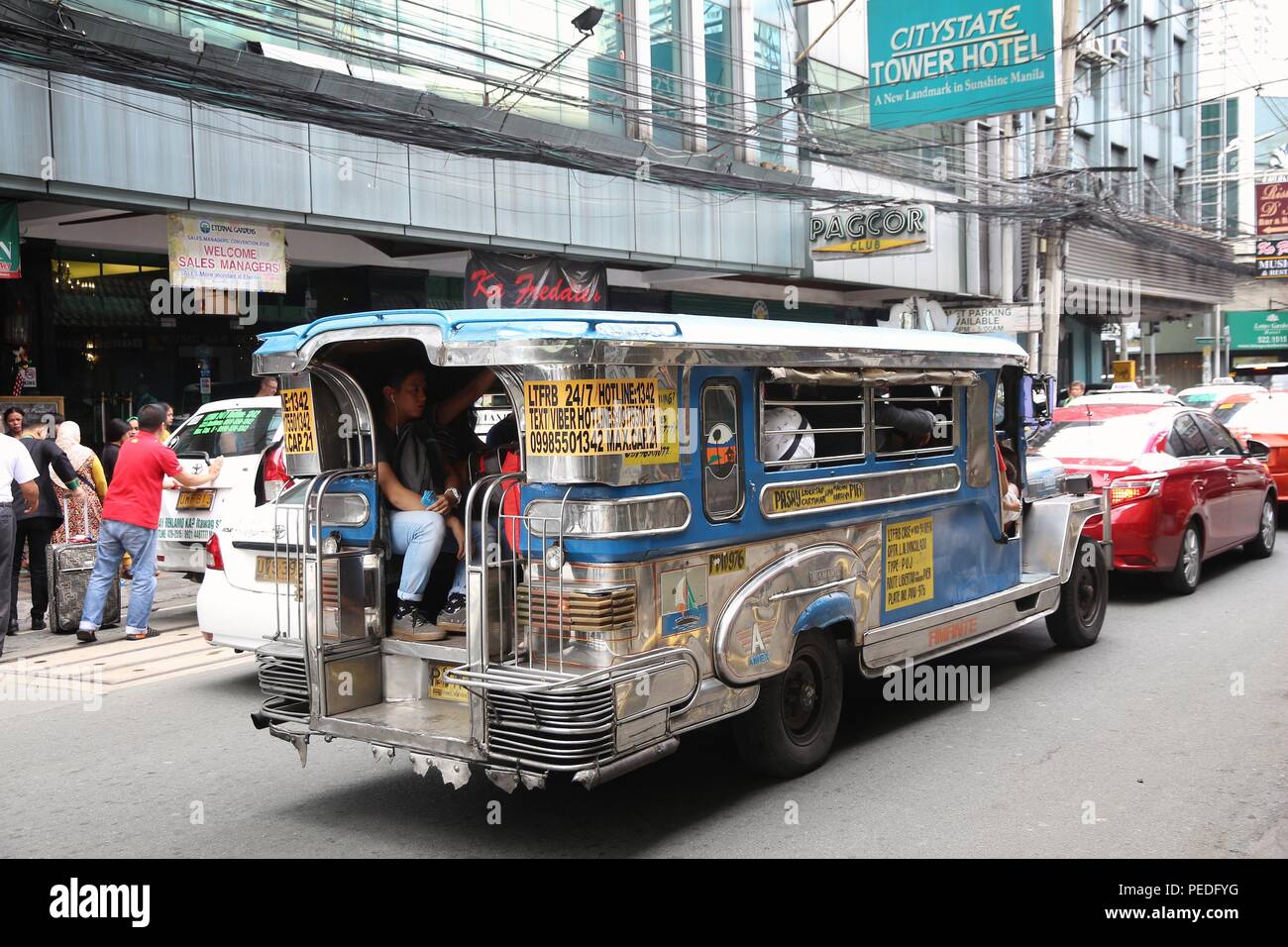Transit Advertising Philippines for Unmatched Brand Exposure
Transit Advertising Philippines for Unmatched Brand Exposure
Blog Article
A Detailed Assessment of the Methods and Techniques for Successful Transportation Advertising And Marketing Campaigns
Transportation marketing campaign supply an one-of-a-kind chance for brands to engage with diverse target markets in dynamic settings. To achieve success, it is important to comprehend the subtleties of target demographics, execute innovative layout approaches, and pick optimum positioning areas. In addition, the performance of these projects can be substantially boosted by closely checking performance metrics and adjusting methods accordingly. As we check out these essential parts, it comes to be clear that the course to an impactful transit advertising and marketing technique is both elaborate and gratifying, elevating the inquiry of how best to navigate these intricacies for maximum brand visibility.
Understanding Target Demographics
Recognizing target demographics is critical for the success of transit advertising and marketing campaigns (Transit Advertising Philippines). Identifying certain audience sections makes it possible for marketers to tailor their messages properly, guaranteeing that the web content resonates with the intended audiences. This strategy enhances involvement and makes the most of roi
To effectively examine target demographics, marketers should take into consideration several crucial variables, consisting of age, earnings lifestyle, degree, and line of work choices. For instance, a campaign aimed at young professionals might focus on comfort and modernity, while one targeting households could stress safety and reliability. Moreover, geographic factors such as country versus metropolitan settings can significantly influence consumer behavior and preferences.
Data collection approaches such as surveys, focus teams, and social media sites analytics supply important understandings into group trends and customer behaviors. By leveraging this details, marketers can craft engaging narratives that line up with the values and requirements of their target market.
Eventually, recognizing target demographics not just notifies the critical instructions of transit advertising campaigns however likewise makes certain that sources are allocated successfully. This targeted technique boosts the likelihood of accomplishing campaign purposes, promoting brand loyalty, and driving conversions.
Creative Layout Methods
Effective interaction with target demographics counts greatly on innovative imaginative layout techniques in transportation ad campaign. To properly catch focus in a congested visual atmosphere, designers must focus on clarity and aesthetic impact. Utilizing high-contrast elements and strong shades can enhance presence, making sure that messages are quickly readable from a distance.
Including vibrant images that reverberates with the target audience is critical. Aesthetic narration strategies can stimulate emotions and develop unforgettable organizations with the brand name. Moreover, calculated use of typography helps communicate necessary details promptly; readable typefaces and appropriate sizes additionally improve readability.
Integrating interactive elements, such as QR codes or enhanced truth attributes, can engage commuters beyond passive monitoring (Transit Advertising Philippines). These strategies not only advertise individual communication however likewise connect the space between traditional marketing and electronic interaction
Furthermore, making use of area artistically-- whether on bus covers, transit shelters, or subway advertisements-- can bring about cutting-edge formats that damage the mold of standard advertising and marketing. By welcoming imaginative creative thinking while maintaining brand name consistency, campaigns can promote a solid link with their audience, ultimately driving both awareness and action. The integration of these layout methods read the full info here is paramount for accomplishing successful transportation advertising and marketing results.
Strategic Positioning Approaches
Making the most of the impact of transportation advertising hinges on tactical placement approaches that make sure optimum presence and interaction. Effective positioning includes assessing high-traffic locations and comprehending passenger demographics to determine official website one of the most advantageous areas for ad display screens. For example, positioning advertisements near entrances and departures of transportation cars can record the interest of boarding and touching down passengers, hence improving exposure.
Additionally, utilizing both outside and indoor surfaces of transit cars can considerably widen reach. Exterior ads, noticeable during commutes, involve pedestrians and other motorists, while indoor advertisements target travelers in a restricted environment. Furthermore, positioning advertisements in transit hubs, such as bus terminals or train terminals, allows for boosted perceptions as travelers change between different settings of transportation.
Timing is likewise critical; lining up the project launch with peak travel periods makes best use of audience interaction - Transit Advertising Philippines. Furthermore, leveraging digital displays in transit environments can help with vibrant web content, providing real-time updates and enhancing customer communication. By using these strategic placement approaches, online marketers can make sure that their transportation advertising and marketing campaigns accomplish maximum exposure, resonate with the target market, and eventually drive preferred results

Gauging Project Performance
To analyze the success of transportation marketing campaigns, it is vital to utilize a variety of measurement methods that supply insights into audience interaction and general efficiency. One main method is making use of crucial efficiency signs (KPIs), such as reach, perceptions, and interaction click here for more rates, which measure the amount of individuals connected and checked out the ad with it.
Studies and emphasis groups can additionally be crucial in assessing customer understandings and recall, enabling marketers to recognize the effect of their messaging. In addition, tracking web site traffic and social media sites interaction throughout and after the project helps gauge direct responses to the advertising.
Another reliable method is utilizing location-based analytics, which can offer data on foot web traffic around particular transit locations, offering understandings into whether the project effectively caught the focus of commuters. Additionally, assessing sales information can reveal connections between transit advertising and boosted income, offering tangible evidence of a campaign's effectiveness.
Situation Studies of Success
Recognizing the performance of transportation marketing campaigns via measurement techniques prepares for examining real-world instances that illustrate effective results. One significant instance research study includes a nationwide beverage brand that used bus covers in metropolitan locations. The project intended to raise brand visibility and sales throughout the summertime. By employing geo-targeted electronic advertisements and analytics, the brand measured a 30% rise in sales in regions where the wraps were plainly shown, demonstrating the direct influence of transportation marketing.
An additional compelling instance originates from a regional nonprofit organization that introduced a project on train platforms to advertise an area event. The organization integrated vivid visuals with QR codes guiding travelers to an enrollment web page. Post-campaign analysis revealed a 50% rise in event attendance contrasted to the previous year. Using straight interaction with modern technology amplified the project's reach and performance.

Conclusion
In summary, successful transportation ad campaign require a comprehensive strategy that integrates an understanding of target demographics, ingenious design strategies, and tactical positioning. By prioritizing emotional interaction via vibrant visuals and optimizing presence throughout optimal traveling times, brand names can substantially improve their influence. Furthermore, continuous dimension of campaign efficiency with key performance signs and customer comments ensures constant enhancement. Jointly, these strategies foster brand name visibility and maximize the return on investment en route marketing initiatives.
Recognizing target demographics is essential for the success of transit advertising and marketing projects.Efficient interaction with target demographics counts heavily on cutting-edge imaginative style techniques in transportation advertising campaigns. By utilizing these critical positioning approaches, online marketers can make sure that their transit advertising and marketing campaigns accomplish optimal exposure, reverberate with the target audience, and ultimately drive preferred end results.
Comprehending the performance of transit marketing campaigns via dimension techniques lays the groundwork for analyzing real-world examples that highlight successful outcomes.In recap, successful transit advertising and marketing campaigns demand a detailed strategy that incorporates an understanding of target demographics, innovative design strategies, and critical placement.
Report this page